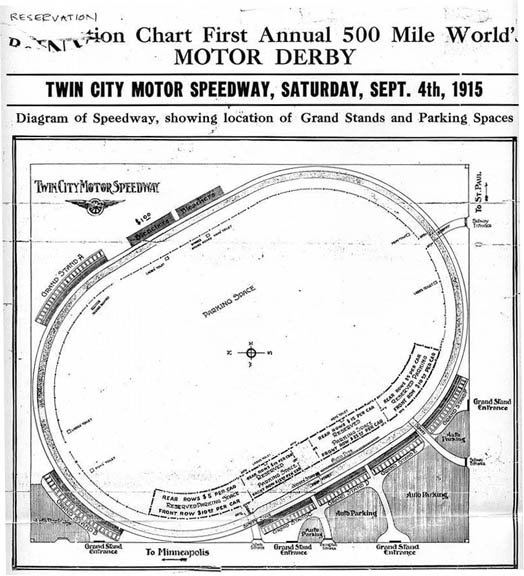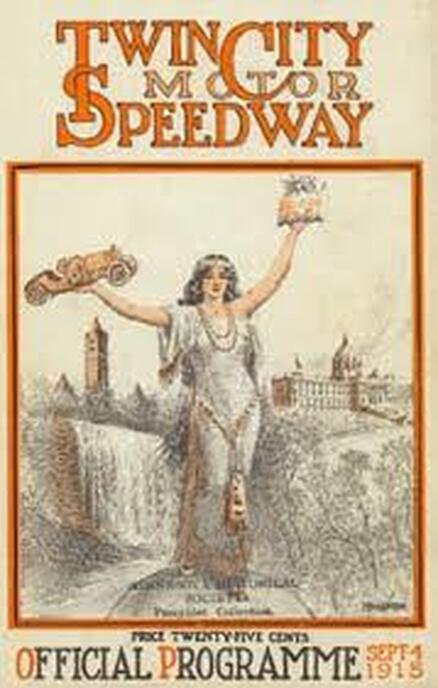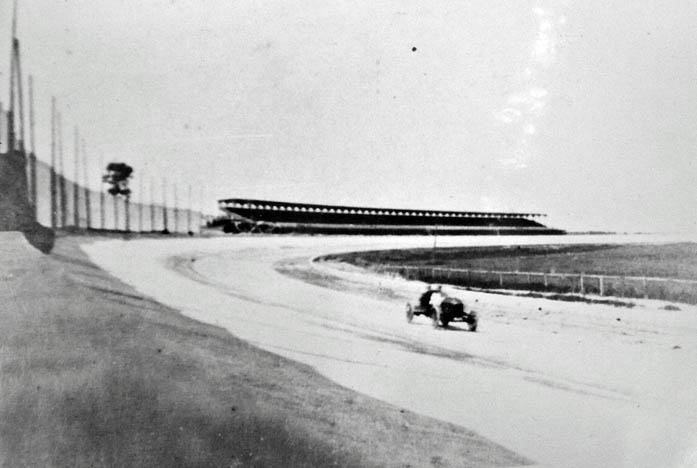
Did you know that the Minneapolis–St. Paul area once boasted a race track that could have rivaled the legendary Indianapolis Motor Speedway? The Twin City Motor Speedway represents a short-lived yet fascinating chapter in early U.S. motorsports history.
Conceived in the mid-1910s, Twin City Motor Speedway also known as “Speedway Field” and “Snelling Field,” this ambitious track emerged during a time when automobile racing was gaining immense popularity across the United States. Eager to ride the wave of this thrilling sport, local leaders in Minneapolis and St. Paul set out to create a venue that would attract top drivers and enthusiastic crowds.
Nestled between 60th and 66th Streets and 34th and 46th Avenues, the track was located right on the scenic Mississippi River bluffs. Spanning 160 acres, this impressive facility featured a nearly 3-mile oval, making it a colossal spectacle compared to the 2.5-mile Indianapolis Motor Speedway.
The track was crafted by F.H. Wheeler, the same visionary behind the Indianapolis Motor Speedway. With a hefty price tag of $900,000, it was an engineering marvel of its time, paved with a blend of early concrete and asphalt-like materials—no small feat in the 1910s, when many tracks were still dirt or wooden board tracks.
The inaugural race, the Twin City Picture Sweepstakes, took place on Labor Day 1915 and was a thrilling AAA-sanctioned event. Promoters boasted that it would rival or even surpass iconic venues like the Indianapolis Motor Speedway in both speed and stature.
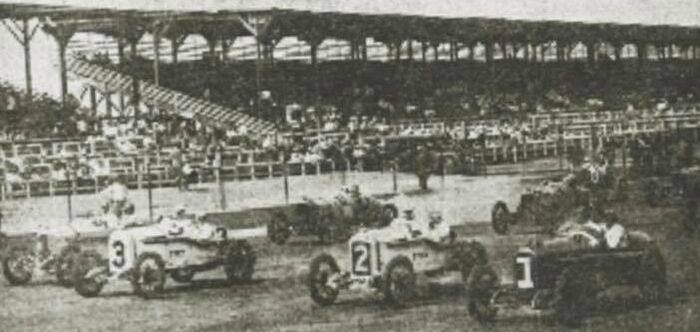
Though details can be fuzzy due to spotty historical record-keeping, a few major drivers of the day are rumored to have at least tested cars on the Twin City Motor Speedway. Racing legends like Barney Oldfield and Ralph DePalma might have visited or shown interest, as they typically toured top-tier tracks across the country.
Despite the promoters’ claims that it could rival iconic venues in terms of speed and prestige, few top events ever materialized there consistently. By 1917, the track’s condition began to decline, with maintenance issues becoming evident and the surface starting to crack. The partners were forced to sell the grandstand to pay off their debts, and the track never opened in 1918.
On July 10, 1923, it was dedicated as Wold-Chamberlain Field, named after two World War I pilots, Ernest Groves Wold and Cyrus Foss Chamberlain. Part of the demise was due to the partners involved in planning, building, and running the speedway not sharing the same vision. Throughout its three years of operation, the track was plagued by partner clashes and financial issues.
By the 1920s, the concrete had been broken up, and the land was leased for farming. All vestiges of the speedway were gone by 1932, with local aviation enthusiasts already using the infield as a runway. Speedway Field was the original name for the airfield that evolved into what is now the site of Minneapolis and St. Paul International Airport.
So, next time you’re catching a flight from MSP, take a moment to imagine the ghosts of roaring engines and cheering crowds. Beneath the runways and terminals lies the forgotten story of the Twin City Motor Speedway—a bold, ambitious dream of speed that, while short-lived, paved the way for a different kind of journey. What if things had gone differently? Could Minnesota have been home to another Indy? It’s a tantalizing “what if” that adds another layer of intrigue to motorsport history.
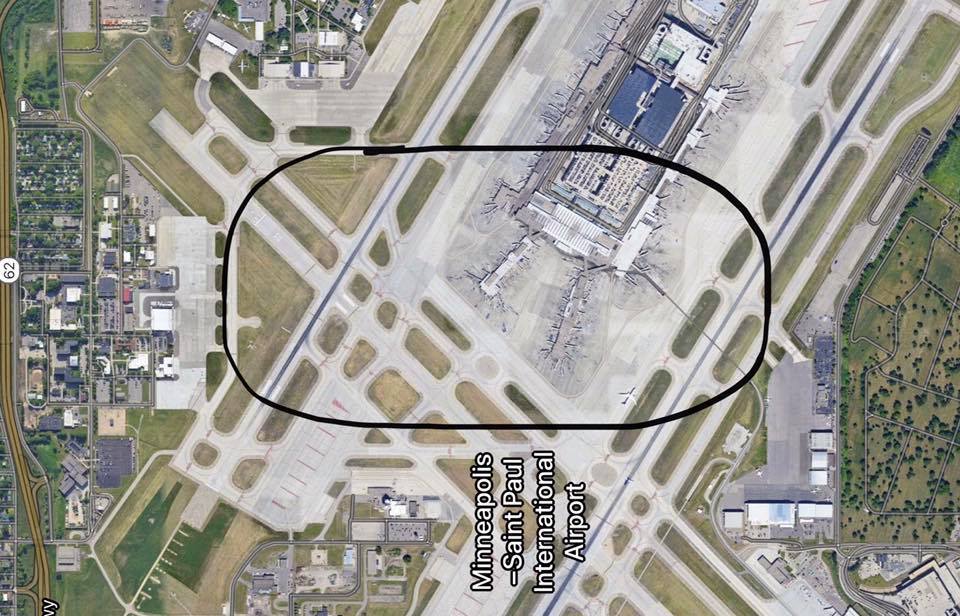
If you want to know more there is a comprehensive article about Twin City Motor Speedway in the Winter 2007-08 issue of the Minnesota History publication of the Minnesota Historical Society.
